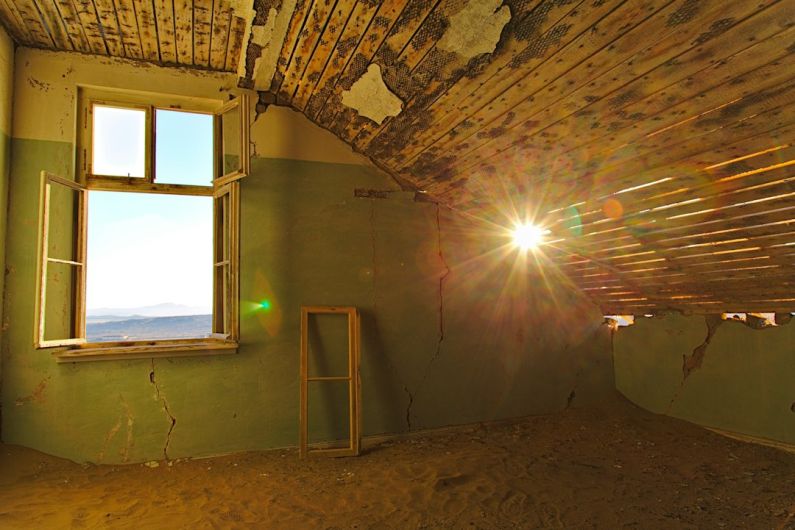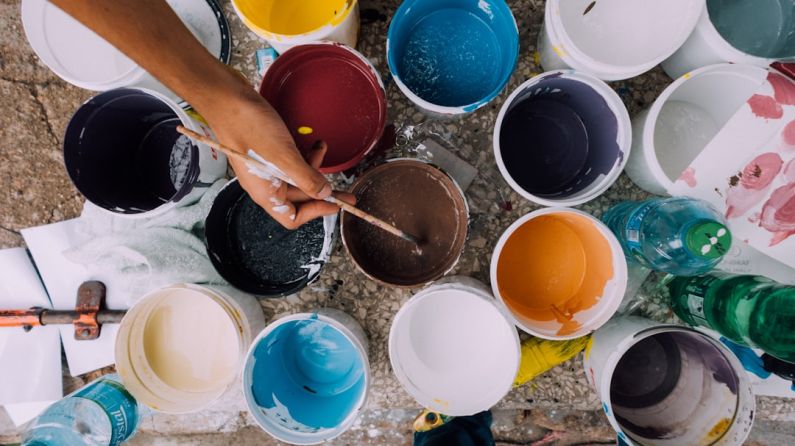How to Detect and Fix a Leaky Roof before It’s Too Late?
A leaky roof can be a homeowner’s worst nightmare. Not only can it cause damage to your property, but it can also lead to costly repairs if not addressed in a timely manner. Detecting and fixing a leaky roof before it’s too late is crucial to maintaining the integrity of your home. In this article, we will discuss some tips and tricks to help you detect and fix a leaky roof before it becomes a major problem.
Inspect Your Roof Regularly
The first step in detecting a leaky roof is to inspect it regularly. Grab a ladder and climb up to your roof to conduct a thorough inspection. Look for any signs of damage, such as missing or damaged shingles, cracked flashing, or clogged gutters. Pay close attention to areas where different materials meet, such as chimneys, vents, and skylights, as these are common areas for leaks to occur.
Check Your Attic
While inspecting your roof from the outside is essential, it’s also crucial to check your attic for any signs of a leak. Look for water stains, damp spots, or mold growth on the ceiling and walls. If you notice any of these signs, it’s a clear indication that there is a leak in your roof. Remember to inspect your attic after a heavy rainstorm, as leaks may not be apparent during dry weather.
Pay Attention to Water Stains
Water stains on your walls or ceilings are a tell-tale sign of a leaky roof. If you notice any discoloration or water marks, it’s essential to investigate the source of the leak immediately. Water stains can indicate that the leak has been ongoing for some time, and delaying repairs can lead to further damage.
Fixing a Leaky Roof
Once you have detected a leak in your roof, it’s crucial to take action promptly. Ignoring a leak can lead to more significant issues, such as structural damage and mold growth. Here are some steps you can take to fix a leaky roof:
1. Clear Debris: Start by removing any debris or leaves from your roof. Clogged gutters and downspouts can cause water to back up and seep into your home. Keeping your gutters clean and free from debris will help prevent leaks.
2. Replace Damaged Shingles: If you notice any missing or damaged shingles during your inspection, it’s important to replace them promptly. Damaged shingles can allow water to penetrate your roof, leading to leaks. Use roofing cement to secure the new shingles in place.
3. Repair Flashing: Flashing is the material used to seal gaps and prevent water from seeping into your roof. If you notice cracked or damaged flashing, it’s essential to repair or replace it. Use a pry bar to remove the old flashing and install new flashing with roofing nails and cement.
4. Seal Gaps: Inspect areas where different materials meet, such as chimneys, vents, and skylights. Apply roofing cement or sealant to any gaps or cracks to prevent water from entering your home.
5. Call a Professional: If you are not comfortable or experienced in repairing a leaky roof, it’s best to call a professional roofing contractor. They have the expertise and tools to fix the issue correctly and ensure your roof is watertight.
In conclusion
Detecting and fixing a leaky roof before it’s too late is essential for the well-being of your home. Regularly inspect your roof, check your attic for signs of leaks, and pay attention to water stains. If you detect a leak, take immediate action to clear debris, replace damaged shingles, repair flashing, seal gaps, or call a professional if needed. By taking these steps, you can prevent further damage and ensure the longevity of your roof.






